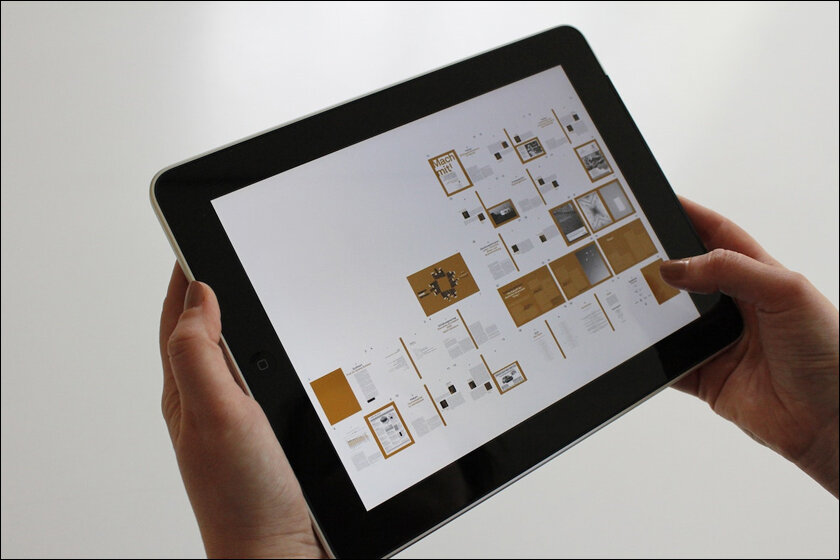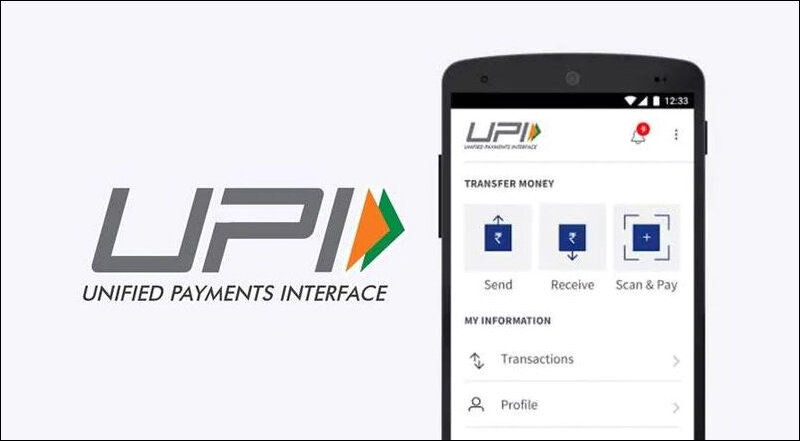Sairaj Iyer lists out the five fundamentals for a system to be digitally transformed and the potential benefits such a change shall usher in.
Digital transformation is something that most enterprises desire, but not all succeed with. Contemporary discourse exalts newer technologies such as IoT (Internet of Things), RFID, AI (Artificial Intelligence), and ML (Machine Learning) as catalysts in a digital quest. But if it were only a matter of technology, every digital transformation journey would have been a successful case study. But that has not been the case.

In fact, 70% of digital transformation projects have resulted in a failure according to a McKinsey report. The agency found only 7% organisations correlating digital transformation with performance improvement. And only 16% organisations having found a sustainable digital strategy.
Despite the hardship with such a transformation, digital remains more than an obligation. To enterprises, digital transformation is that nirvana at the top-of-the-Maslowian-pyramid. But reaching this peak is as difficult as swimming in deep waters. And given the propensity to fail-fast, here are five questions that helps address the fundamentals of this journey.

Can Your Business Sustain in an Analog Environment?
Nothing explains digital transformation better than the evolution of Analog to Digital networks.
British scientist Alec Reeves is credited for having given the world its first digital signal. Reeves’ discovery of the Pulse Code Modulation (PCM) in 1938 enabled conversion of Analog to digital signals which in turn meant a significant noise reduction in noise in long-range telecommunication signals. This enabled telecommunication between the allied armies in the second world war.
A significant amount of digitization was recorded in the evolution of ERP (Enterprise Resource Planning) Suite starting with MRP (materials requirements planning) suites in 1960s. The first MRP suite was developed by J.I. Case in partnership with IBM for its tractor and construction business. By 1990s, Gartner coined the word Enterprise Resource Planning referring to a host of business solutions that catered to multiple functions.
Nothing explains digital transformation better than BCG – digital transformation is a shift from physical to digital, including all changes associated with digital technology application and integration. And, how a company transforms core business processes using digital technology to gain a competitive advantage and differentiation.
A digital transformation exercises is justified for organisations keen on acquiring a moat of a competitive advantage.
For trivia seekers, Xerox Inc remains a wrong example when it comes to understanding digital transformation and innovation. Xerox is widely reported as a lagger in the area of innovation, but the American photocopying major only erred in mispricing its innovation – a one-of-its kind PC codenamed Xerox Star Personal Computer launched in 1981.

Which Technology Is a Differentiator?
Technology often is mis-sold as a cure to everything. A FOMO narrative ensures sale of technology, but that may not solve the larger problem.
For example, insurance firms are expected to deliver a higher RoE (return per employee). Therefore, Big Data or a CRM (Customer Relationship Management) tool are expected to enable better cross-selling and up-selling avenues. However, in recent past, integration of siloed data has caused business traction.
For small and medium businesses too, the peer pressure could be around developing a website, a customer-facing application, or enabling a SMAC (Social, Mobile, Analytics, and Cloud) strategy. These can be a task for a resource-constrained SME to manage. For the record, 27 percent of SMEs across the world did not have a website as of 2022.
In an MIT article, George Westerman explains that despite its appeal among organisations, it is the transformation that matters, not the tools (digital in this case). He further elaborates that technology is valued only because it enables doing business differently. Not the other way around.
In the same vein, authors Kane, Palmer, Phillips, Kiron, and Buckley wrote in a 2015 research paper, clearly highlighting “Strategy, not technology, drives digital transformation.”

Who’s Line Is It Anyway?
When it comes to digital transformation having a clear owner and benefactor in place may be easier to start. But that could also be a limiter in the larger scheme of the digital transformation journey. According to a 2020 Gartner study, analysts found that enterprises invested too much time inward-thinking and misreading the true scope of digital change.
George Westerman too cites examples such as DBS Bank (Singapore), and that of Asian Paints’ ERP implementation that delivered unexpected outcomes. The impact to other stakeholders such as society from such a transformation journey could be manifold.
In fact, the benefits of digital transformation are larger to the society than the organisation enabling such a change. (Unified Payments Interface), for example, unleashed significant digital traction through its interconnected platform. UPI has not only blurred the lines between traditional banking and retail but also exterminated the serpentine queues associated with weekend banking.
More importantly, a transformation journey is not a single person or team’s project but rather involves a change in culture. In a interview with the International Institute for Management Development (IMD) Sarena Lin, Bayer’s Chief transformation and talent officer reveals the digital journey. Bayer’s crop, pharma and consumer healthcare verticals have been offering digital tools to not just communicate within the enterprise but empower consumers as well. She emphasizes that the expectation with digital transformation is a dependency not from the technology teams but rather leaders to engage differently, themselves, teams, and across functions.

How to Measure Digital Transformation
A DTMP (Digital Transformation Master Plan) is likely to include several KPIs (Key Performance Indicators) and parameters to track the organization’s transformation journey. McKinsey suggests five crucial metrics for organizations- Return on digital investment; percentage of spending on digital initiatives; percentage of leader’s incentives linked to digital; time to market of digital apps; top technical talent attracted, promoted, and retained.
Similar KPIs are recommended as action plans by OECD in its digital transformation roadmap for public institutions. The top three KPIs that find concurrence with the enterprise world are – defining the skills; economic impact or RoI (return on investment); and the overall impact of digital transformation on people’s lives and social well-being.
Gartner has a slightly simpler and nuanced approach. The simple goals outlined by Gartner are – what business aspects to measure; where do we stand today; desired outcome; and balance.

Being Ambitious or Practical?
It is common of technology vendors to promote tools and services that deliver at the click of a button. But digital transformation is a mix of Culture, Technology, and Processes. And asking the right questions.
PC maker Hewlett Packard’s ERP integration in 2003 remains a classic case-study of why organisations must ask questions ahead of a crucial change. Unplanned delays in integrating a centralized ERP, took a toll on production. 20% orders remained unfulfilled resulting in a financial loss of $160 million.
Most digital transformation journeys insist enterprises to be ambitious but also realistic when setting their goals.
To understand how enterprises pursue a realistic transformation journey, look no further than IKEA, the global furniture giant that introduced drones at its warehouse recently. Stock keeping can be a particularly labor-intensive process and therefor the use of technology to ascertain the precise location of the item. However, rather than investing in an enterprise-wide implementation, IKEA chose to test the hypothesis and from thereon integrate the strategy on a global level.
With countries embracing digital transformation initiatives, a digital transformation exercise cannot be the organisations’ plan-B. And with the consumer demand coming from the digital channel, in a post-pandemic world, digital is beyond a moat. Rather, it is an obligation. To succeed with their digital obligations, businesses need to introspect newer ways of doing business. And more importantly, staying engaged.
In case you missed:
- None Found










